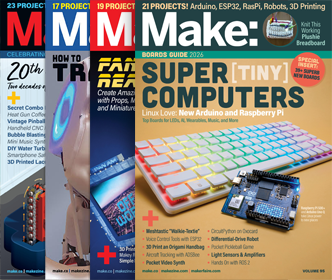

Often, we try to repair broken things in such a way as to conceal the repair and make it “good as new.” But the alternative “better than new” aesthetic—that a conspicuous, artful repair actually adds value—has obvious symbolic appeal for the DIY community, for iFixit in particular, and for anyone else interested in promoting a more hands-on, repair-friendly culture.
Here’s an authoritative definition of kintsugi from Charly Iten, a noted expert on Japanese art:
…the usage of sprinkled gold powder is specifically denoted in Japanese as kintsugi (“to patch with gold”) or kintsukuroi (“to repair with gold”). Additionally, these words are also used to refer to lacquer restored with silver powder, so in this context it would be more appropriate to use the phrases “to patch with metal” or “to repair with metal”.
This excerpt is taken from Dr. Iten’s essay Ceramics Mended with Lacquer – Fundamental
Aesthetic Principles, Techniques and Artistic Concepts, published in the 2008 catalog of a kintsugi exhibit that appeared, among other places, at Cornell’s Herbert F. Johnson Museum of Art. The entire catalog is linked below, from the site of Swiss art dealers Bachmann-Eckenstein. It contains many more beautiful pictures of metal-patched ceramicware as well as two more scholarly essays, and is by far the best reference on kintsugi I’ve been able to find online, from both a practical and an academic standpoint.
ADVERTISEMENT










